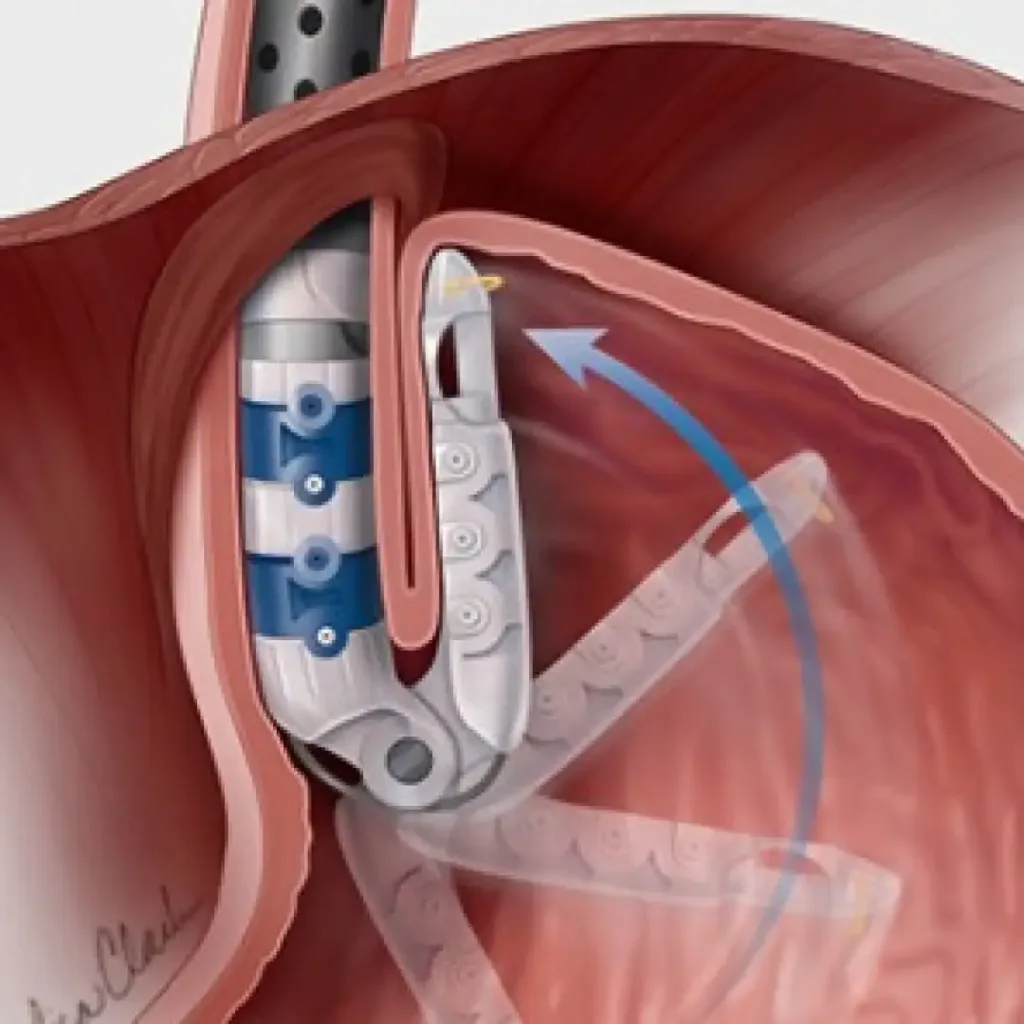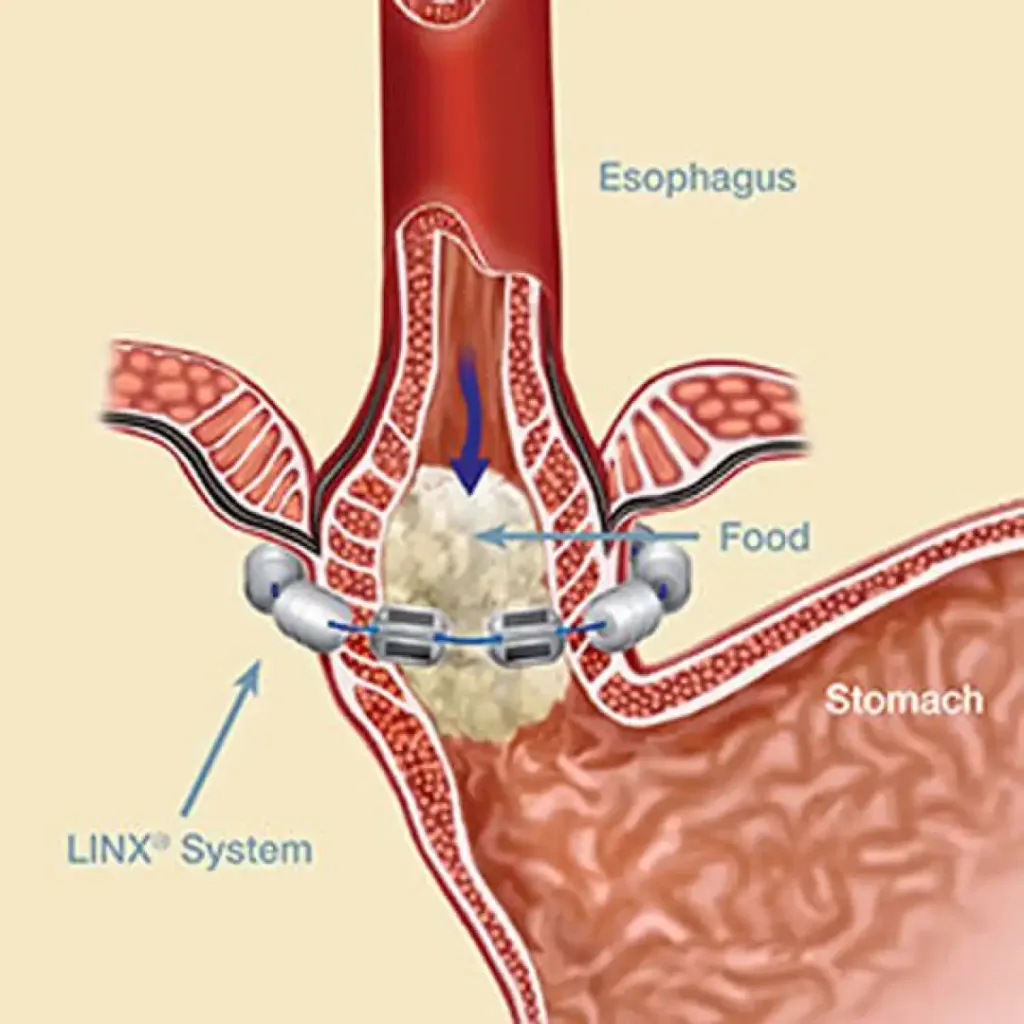What are Gastrointestinal physiology tests ?
Procedures
What are Gastrointestinal physiology tests ?
The gastrointestinal (GI) tract is responsible for the digestion and absorption of nutrients from the food we eat. Understanding the physiology of the GI tract is crucial in diagnosing and treating various GI disorders. Gastrointestinal physiology tests are an important tool that healthcare professionals use to assess the function of the GI tract. In this article, we will discuss three commonly used gastrointestinal physiology tests: Private Oesophageal Manometry, Reflux Test (24-hour pH and Impedance), and Private Oesophageal Manometry and Reflux Test Combined.
Private Oesophageal Manometry:
Private Oesophageal Manometry is a test used to assess the function of the oesophagus, the muscular tube that connects the mouth to the stomach. During the test, a thin tube with pressure sensors is inserted through the nose and into the oesophagus. The sensors detect the pressure waves generated by the oesophageal muscles as they contract and relax. This information helps to determine if the oesophageal muscles are functioning normally.
Private Oesophageal Manometry is commonly used to diagnose conditions such as achalasia, a rare disorder that affects the ability of the oesophageal muscles to contract properly. It can also be used to evaluate patients with difficulty swallowing or chest pain.
Reflux Test (24-hour pH and Impedance):
The Reflux Test is a test used to assess the presence and severity of gastroesophageal reflux disease (GERD), a condition in which stomach acid flows back into the oesophagus, causing symptoms such as heartburn and acid regurgitation. The test involves placing a thin tube through the nose and into the oesophagus, which is then attached to a device that measures the pH level (acidic or alkaline) of the oesophagus over a 24-hour period. Additionally, impedance monitoring can be used to measure the movement of liquid or gas in the oesophagus.
This test can help to diagnose GERD and determine the effectiveness of treatment options. It can also be used to evaluate patients with symptoms such as chronic cough, hoarseness, or chest pain.
Private Oesophageal Manometry and Reflux Test Combined:
Private Oesophageal Manometry and Reflux Test Combined is a comprehensive test that combines the two tests described above. It is often used when a patient has symptoms that suggest both oesophageal motility problems and GERD. During the test, a thin tube is inserted through the nose and into the oesophagus to assess the function of the oesophageal muscles (Private Oesophageal Manometry) while also measuring the pH level of the oesophagus over a 24-hour period (Reflux Test).
This test provides a comprehensive evaluation of the function of the oesophagus and can help to diagnose and evaluate treatment options for conditions such as GERD and achalasia.
In conclusion, gastrointestinal physiology tests are important tools that healthcare professionals use to assess the function of the GI tract. Private Oesophageal Manometry, Reflux Test (24-hour pH and Impedance), and Private Oesophageal Manometry and Reflux Test Combined are three commonly used tests that can help diagnose and evaluate treatment options for conditions such as GERD and achalasia. If you are experiencing symptoms related to your GI tract, talk to your healthcare provider to see if a gastrointestinal physiology test is right for you.
Schedule an appointment
What are Gastrointestinal physiology tests ? Read More »











